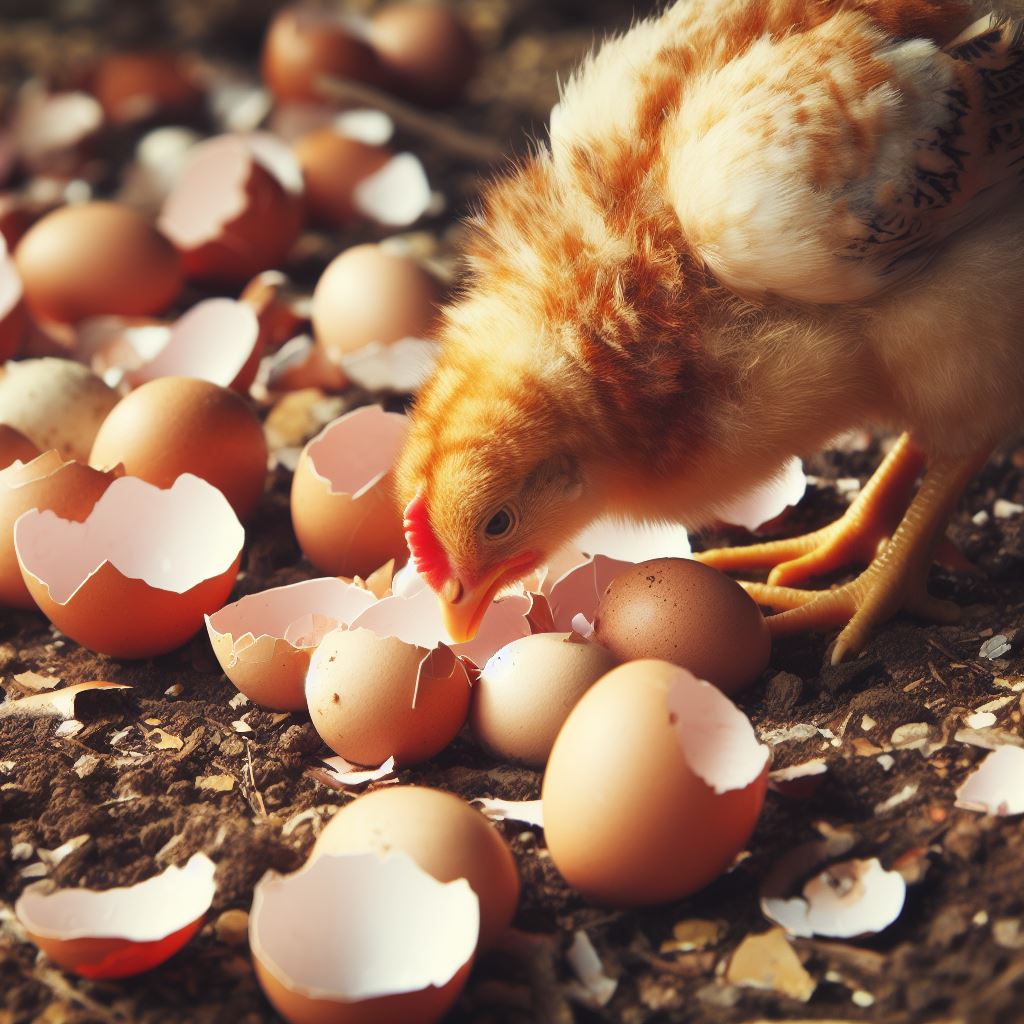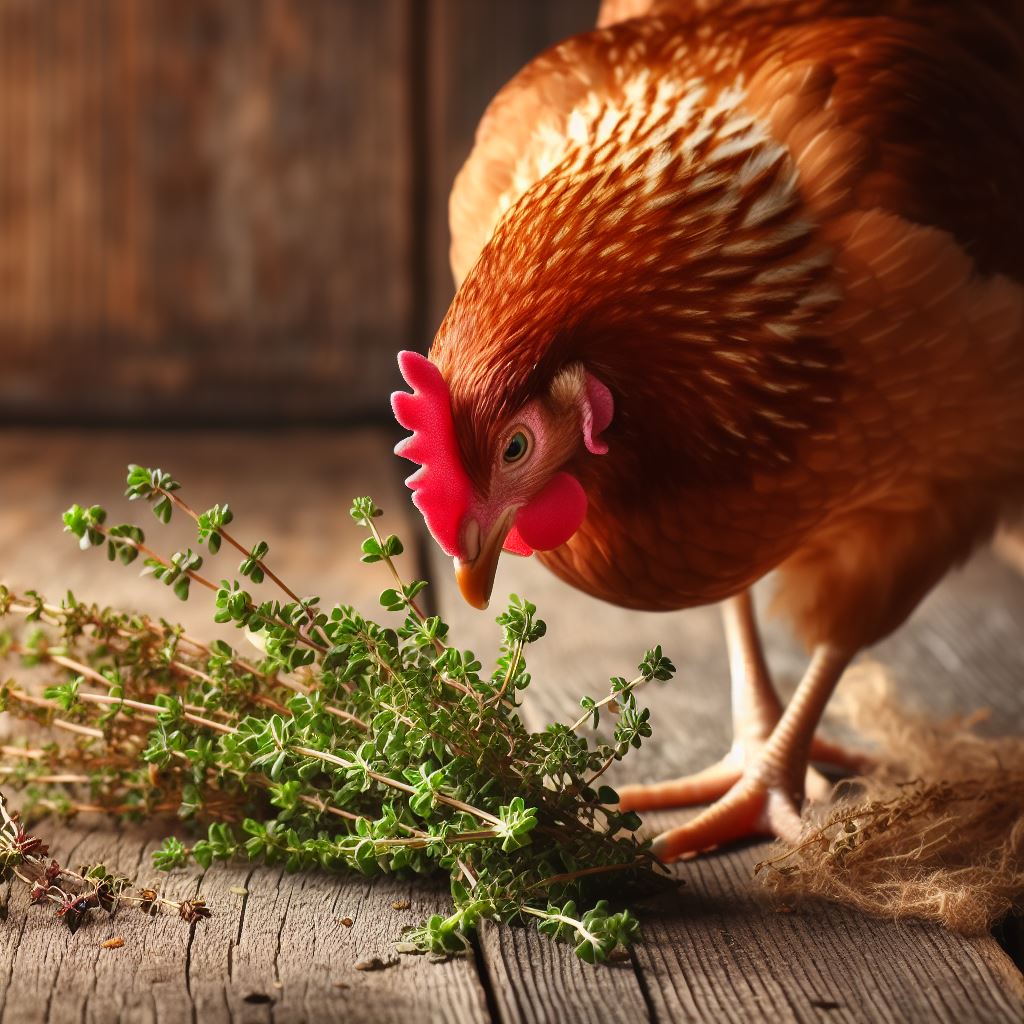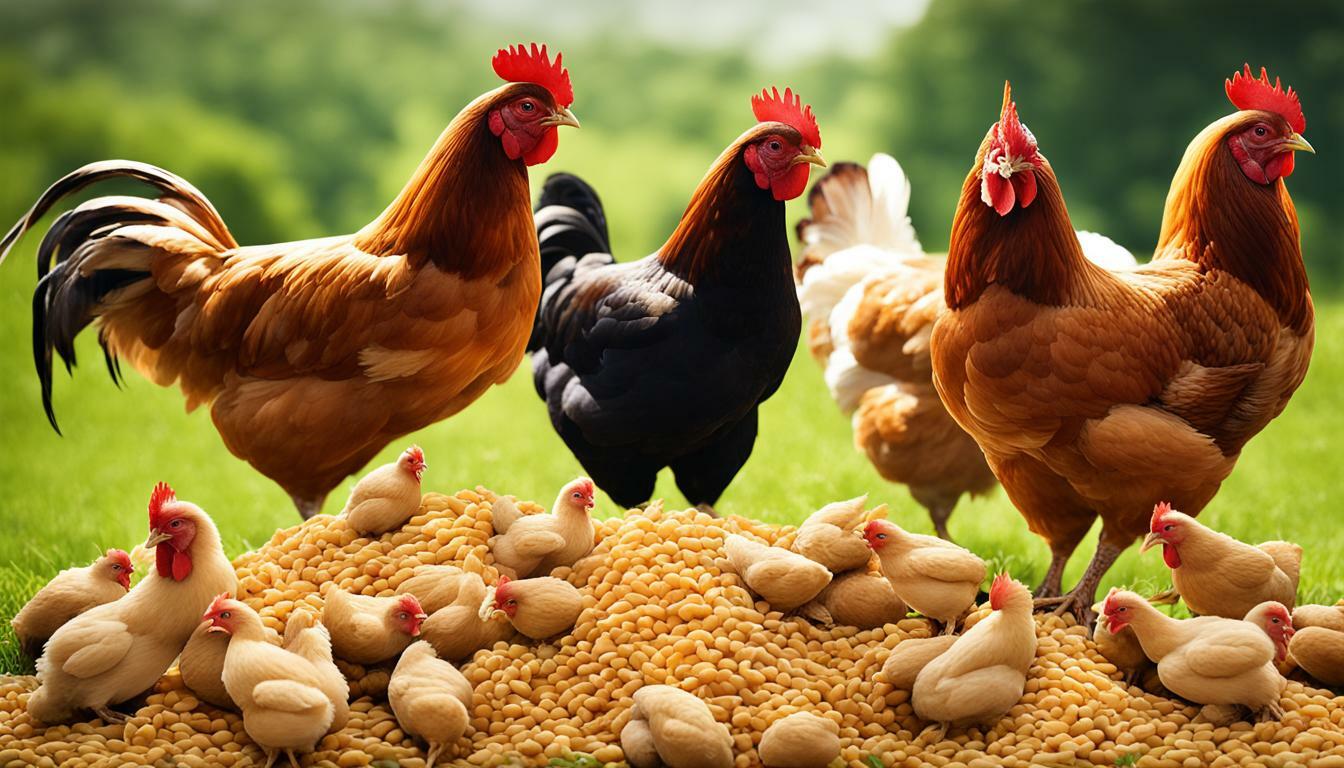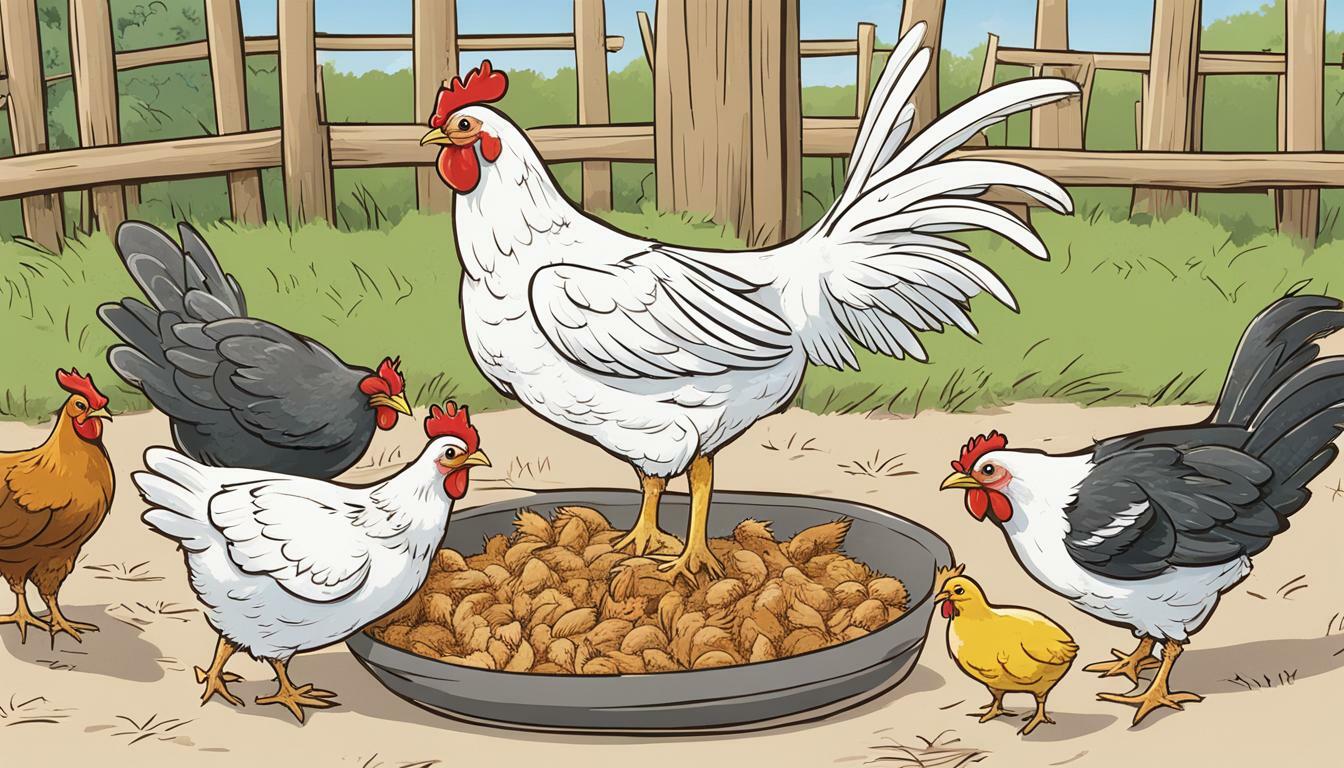How Often Should You Feed Egg Shells to Your Chickens?

Table of content:
- Why Eggshells Are Good for Chickens
- Calcium Needs for Laying Hens
- Best Practices for Feeding Eggshells
- How Often Should You Offer Eggshells?
- Preparing and Serving Eggshells for Chickens
- Common Concerns About Feeding Eggshells
- Feed Eggshells Regularly But Not Excessively
- FAQs About Feeding Eggshells to Backyard Chickens
- Conclusion
Raising chickens in your backyard can be an incredibly rewarding experience. Fresh eggs every morning and friendly feathered pets – what’s not to love? As a responsible chicken owner, you want to make sure your flock is getting proper nutrition to stay healthy and productive.
One important supplement to consider adding to their diet is eggshells. But how often should you actually feed them this calcium-rich treat? Here’s what every backyard chicken keeper needs to know.
Why Eggshells Are Good for Chickens
Chickens require calcium for strong bones and productive egg-laying. The calcium in their feed is usually sufficient, but additional supplementation through eggshells can provide the following benefits:
- Strengthens eggshells: Extra calcium leads to thicker, stronger eggshells that resist cracking. This reduces waste and maintains healthy production.
- Prevents deficiencies: Laying hens deplete calcium stores rapidly. Eggshells replenish calcium deficits. This minimizes risk of osteoporosis and other deficiencies.
- Supports broody hens: Broody hens sitting on eggs for extended periods become calcium deficient. Offering eggshells helps them maintain healthy calcium levels.
- Promotes chick health: Eggshells provide an immediately bioavailable calcium source for growing chicks. This supports proper bone development.
 Calcium Needs for Laying Hens
Calcium Needs for Laying Hens
The exact calcium requirements for a laying hen depend on breed, age, diet, and productivity. On average, a typical hen needs the following amounts daily:
- Laying hens under 20 weeks: 2% of feed ration
- Laying hens over 20 weeks: 3.5% of feed ration
- Broody hens: Additional supplementation
Most layer feed is fortified with enough calcium to meet these recommendations through a balanced diet. However, eggshells offer an additional bioavailable source to optimize their calcium intake.
Best Practices for Feeding Eggshells
Feeding eggshells to chickens is easy but following best practices ensures they gain the full benefits:
- Dry thoroughly and crush: Dry eggshells to eliminate bacteria risk. Crush into small, bite-size pieces for easier consumption.
- Feed free choice: Allow free access in a separate container so hens can eat as needed.
- Use your own eggshells: Refrain from feeding store-bought eggshells to prevent disease transmission.
- Calcium supplements: Don’t mix eggshells directly into feed or oyster shell supplements. Offer separate containers.
 How Often Should You Offer Eggshells?
How Often Should You Offer Eggshells?
The ideal frequency for feeding eggshells depends primarily on your hens’ egg production levels:
For most backyard flocks:
- Feed eggshells free choice 2-3 times per week
For prolific layers:
- Feed eggshells free choice 1-2 times daily
For broody hens:
- Supplement with eggshells daily
For chicks:
- Sprinkle crushed eggshells freely in brooder 2-3 times per week
Monitor eggshell strength and bird health and adjust frequency accordingly. Offering separate containers allows hens to consume eggshells as needed without over-supplementing their calcium intake.
Preparing and Serving Eggshells for Chickens
Follow these steps for safely preparing and serving eggshells:
- Rinse eggshells immediately after cracking to remove egg residue.
- Dry shells thoroughly in oven or air dry for 12-24 hours to eliminate bacteria.
- Crush dry shells into nickel-sized pieces using a rolling pin or food processor.
- Transfer crushed shells to a small container for feeding. Avoid mixing with other supplements.
- Provide free access to shells in a separate feeder 2-3 times per week, or daily for prolific layers and broody hens.
- Store any leftover shells in an airtight container for future use.
- Monitor eggshell strength and adjust feeding frequency as needed.
- Remove and refresh shells in feeder daily to prevent spoilage.
Common Concerns About Feeding Eggshells
Many first-time chicken keepers have additional questions about safely incorporating eggshells into their flock’s diet:
Can I feed raw eggshells?
Raw eggshells may contain bacteria that can sicken chickens. Always dry or bake shells before feeding.
Is it okay to feed store-bought eggshells?
Avoid feeding store-bought shells, which may introduce pathogens to your flock. Only use shells from eggs laid by your own chickens.
What about crushing shells by hand?
Crushing by hand may leave sharp edges that can injure chickens’ throats. Use a rolling pin or processor for bite-size pieces.
Can I just mix shells into their feed?
Mixing shells into feed risks over-supplementing. Offer in a separate feeder so chickens can consume as needed.
Feed Eggshells Regularly But Not Excessively
While eggshells provide valuable calcium benefits, moderation is key. Let your chickens’ intake be guided by their natural nutritional wisdom. Offering a frequent but limited supplemental source in a separate container allows hens to consume what they need without risking over-supplementation. Pay attention to shell quality and bird health and make adjustments as needed. With a thoughtful approach, eggshells can be an egg-cellent addition to your backyard flock’s diet!
FAQs About Feeding Eggshells to Backyard Chickens
Here are some commonly asked questions chicken keepers have about offering eggshell supplements:
What are the risks of feeding too many eggshells?
Too much calcium can throw off the balanced ratio of calcium to phosphorus in a chicken’s diet. This can negatively impact bird health. Moderation is key when supplementing with eggshells. Letting chickens self-regulate from a separate container minimizes overconsumption risks.
Is it better to bake or boil eggshells before feeding them?
Baking (250 degrees F for 10 minutes) is recommended over boiling. The high heat helps eliminate bacteria while retaining calcium bioavailability. Baking also dries out shells for easier crushing.
Can I feed crushed oyster shells instead of eggshells?
Crushed oyster shells are another excellent source of calcium. However, eggshells are more bioavailable for immediate absorption. It’s ideal to offer both options free choice in separate containers.
How small should I crush the eggshell pieces?
Nickel-sized pieces, or 2-5 mm, are ideal. Too large can pose a choking hazard. Too fine may blow away. Target quarter to nickel size for safety and consumption.
Can I store leftovers to feed later?
Yes, leftover dried, crushed shells can be stored in an airtight container for 2-3 weeks. Refrigeration extends shelf life. Discard any shells that appear spoiled or moldy.
Conclusion
From strengthening eggshells to preventing deficiencies, eggshells are an invaluable calcium supplement for backyard chickens.
Feed them free choice 2-3 times per week in a separate container, letting your flock self-regulate their intake. Target nickel-sized crushed pieces for safety and consumption.
Avoid store-bought shells to prevent disease transmission. With this thoughtful supplemental approach, eggshells can be an egg-cellent addition to your chickens’ diet.
Welcome. I’m Adreena Shanum, the proud owner of this website, and I am incredibly passionate about animals, especially poultry. I founded adreenapets.com as a labor of love, stemming from my desire to share my knowledge and experiences with poultry enthusiasts worldwide.




